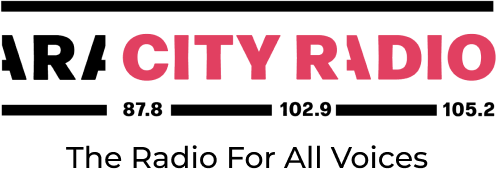San Francisco is a city of roughly 800,000 people located on the west coast of the USA in California famous for its spectacular golden gate bridge, large China town district and vibrant LGBTQI+ community. These days it is known as a commercial hub for large tech companies and a homebase to tech workers, just a stones through away from Silicon Valley but back in the 1960s the city became known worldwide for very different reasons.
In the late 1960s hundreds of thousands of young people descended on the haight-ashbury neighbourhood in San Francisco at the intersection of the streets with the same names in a pilgrimage that became known as the summer of love. This was the birth of the hippie movement that would see the birth of flower power, anti-war protests, free love and acceptance of the consumption of psychedelic drugs popularised for a whole generation. This was a movement that opened the doors for creativity and popularised a number of influential bands from the period such as the grateful dead, jefferson airplane, janis joplin and sly and the family stone in a movement that would go on to become known as the ‘San Francisco Sound’
One band that were right at the heart of the hippie scene that blew up around the haight ashbury neighbourhood in the late 1960s was Jefferson Airplane. Their 1967 album surrealistic pillow was one of the most significant recordings of the so called summer of love and shot the band to fame making them the first band from the bay area associated with what became known as the San Francisco Sound to achieve commercial success. Jefferson Airplane beame pioneers of psychedelic rock and would go on to headline the infamous Woodstock Festival of 1969 as well as the first ever edition of the ISle Of Wight festival in the UK.
Another band as heavily associated with the summer of love and the hippy scene of height ashbury of the late 1960s as Jefferson Airplane, is The Greateful Dead, a group of musicians fronted by the charismatic Jerry Garcia that would become hugely popular around the united states and worshiped by an army of their fans known as deadheads.
Despite the term 'San Francisco Sound', what united these bands was more a geographical tie and subcultural identification than a particular sound. When the term is used it generally refers to the group of musicians that gravitated around the haight-ashbury hippy scene of the time. These bands each had their own characteristic sound and all used rock and roll as a departure point but then used the form to explore new ways of making music, different chord progressions, emphasis on other instruments such as the bass and drums over the guitar and alternative lyrical themes. They would play concerts together and for each other and thus solidifying a solid scene identity for san francisco at the time, most notably at the monterey pop festival that happened 120 miles away fom San Francisco in 1967 and featured all the bands from the time that you’ll hear in this episode of city scenes and which can be seen as a defining moment in the rise to popularity of the San Francisco Sound bands..
Another key member of the san francisco sound was Janis Joplin singing alongside the band known as Big Brother and the holding company. Sadly, Joplin would go on to pass away in 1970, becoming another tragic member of the infamous 27 club. Sly & The Family Stone were a group of hippies that drew influence from soul and incorporated horns and brass instruments into their sound and are notable as being one of the first racially integrated bands of the era.
The Brian Jonestown Massacre surfaced in 1990 as a chaotic but prolific group of musicians fronted by singer Anton Newcombe that definitely owe a part of their sound to the routes of psychedelic rock that began with likes of Jefferson Airplane. The Brian Jonestown Massacre have gone on to become an insanely prolific outfit releasing over 25 albums making them legends of the modern global psych rock scene.
